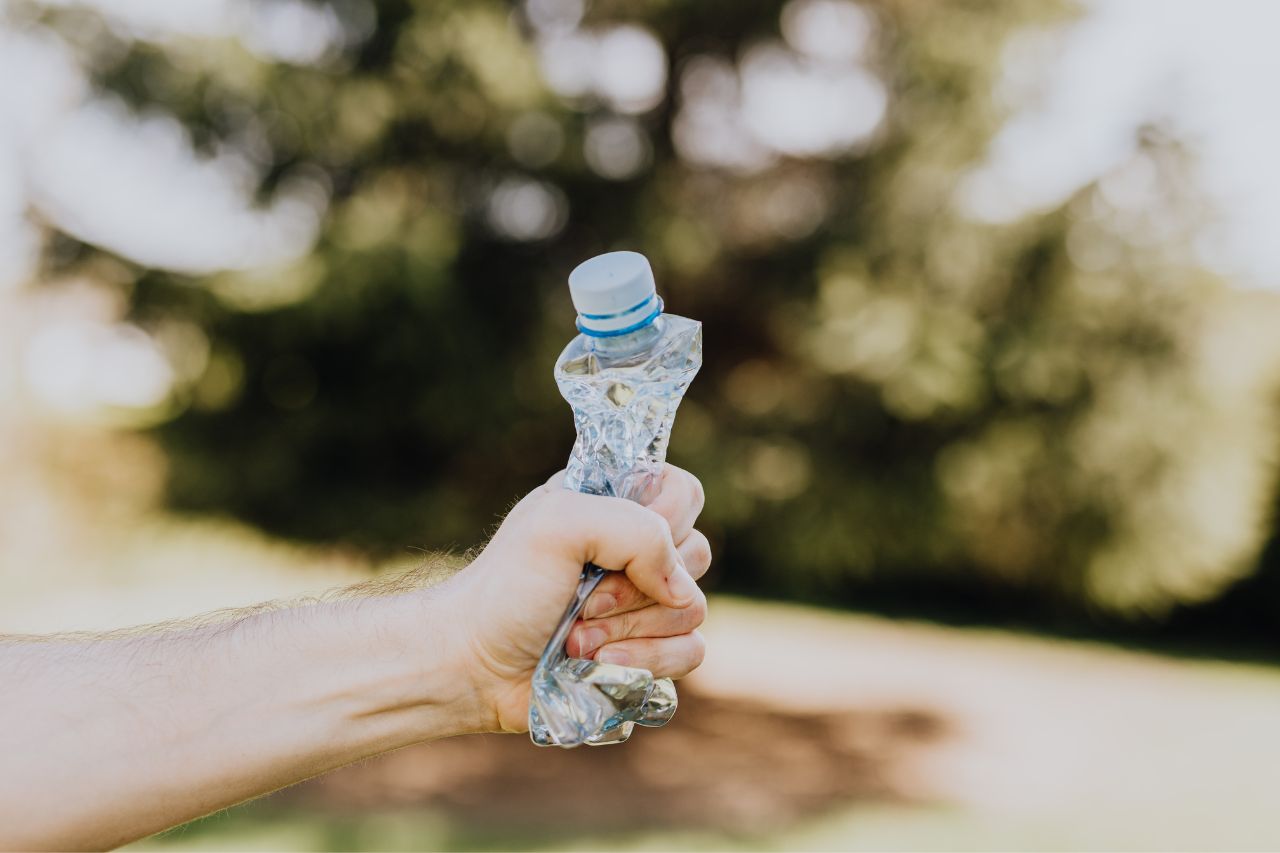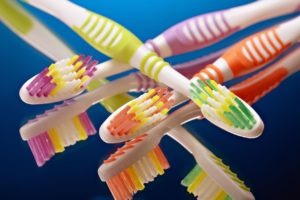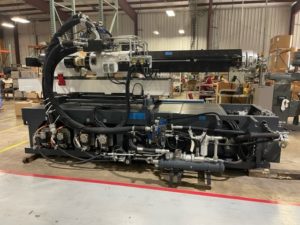Plastic injection molding is one of the most popular manufacturing methods for a vast range of parts. With components flowing into assemblies and products across virtually every industry, plastics offer an exceptional opportunity to design and produce high volumes of high-quality parts. But the process isn’t as simple as just designing a component on the computer and assuming it’ll translate into tool design.
Despite the high level of repeatability in injection molding, variations between batches can still happen. There are several easy-to-Google charts that outline standard injection mold tolerances for parts. But it’s worth first understanding what these tolerances are and why they’re so crucial. In fact, this knowledge is the key to executing a successful injection molding project. So let’s discuss further.
What Are Injection Molding Tolerances?
The pursuit of producing the same item hundreds of thousands or even millions of times without some variation was a considerable driver of molding machine innovations. The physical processes involved, the wear-and-tear on the mold, and even the resin selected can introduce disparities.
Controlling these variations within a narrow window, called tolerance, is vital. An injection molding tolerance measurement — for example, +/- 0.005 inches — refers to how much each part varies from the designed dimensions. A part with such tolerance might come out of the mold either 0.005 inches larger or smaller than its design.
Choosing the correct tolerances for parts and ensuring you can achieve reliable results are essential to making a smart investment in injection molding. Parts meant to fit together without dependable controls may never form a secure link. In other cases, parts might not separate from molds correctly or could suffer damage during assembly due to improper tolerances. A part that is severely out of tolerance could even fail prematurely. As a result, engineering parts with variation in mind is a fundamental part of the manufacturing process.
Key Factors That Influence Plastic Injection Molding Tolerances
Many elements can impact the types of tolerances achievable for a part. First, understand which key factors might have the biggest influence. A part — in its original concept and digital prototype form — might require a redesign if elements would cause production runs to stray too far out of tolerance.
Key factors:
- Material selection. Plastic materials shrink, warp, and expand at different rates. Choosing the right resin is essential for nailing the tolerance a design demands. Polypropylene injection molding tolerances, for example, differ from other resins.
- Industry. Different industries using plastics may have different requirements for acceptable tolerances.
- Shrinkage. All plastic materials undergo shrinkage in the mold during cooling. Some resins undergo significantly more shrinkage than others. The more shrinkage, the wider the tolerance.
- Warping. Thicker walls may receive more molten plastic than others, which increases cooling time. Temperature variations between walls can cause warping that ruins the part.
- Thermal expansion properties. Like many materials, plastics expand in heat and contract in cold. Improper resin choices can cause thermal expansion cycles that weaken or break the part. Thermal expansion itself can also push a part out of tolerance.
- Part design properties. The geometry and layout of the part affect tolerances, too. Without supports, a part may deform during the cooling process.
- Tool design. The number and placement of injection ports and the mold design impact your desired tolerances.
Standard Tolerances for Injection Molded Parts
Tool engineering and manufacturing costs correlate closely to the level of reliability you require in your molds. For some parts, a comparatively broad tolerance is acceptable. Such parts may not be part of a larger assembly and may have functionality on their own. There are many applications for plastics, especially in consumer-grade products, in which variations are an acceptable and well-understood part of the manufacturing process. Such standard injection molding tolerances of plus or minus 0.005 inches (.127 mm) are relatively simple to produce via CNC machining.
However, there can also be “tight” and “very tight” tolerances — and, in some high-risk applications, an even finer variance control. As we move toward finer, more precise tolerance levels, manufacturing time, and cost for mold tooling can increase. Tight tolerance injection molding refers to making a part that varies no more than 0.002 inches (.0508 mm). A very tight part is extremely consistent between mold runs, ideally never varying beyond 0.001 inches (.0254 mm). Such parts are essential for many precision applications.
Remember there are specific injection molding tolerance standards to consider in part production, including straightness, diameter, and ovality. Also, keep in mind that the materials you select will have an impact; with some materials, physical limitations affect reliably fine tolerances. Experienced insight and assistance can help you navigate this complex landscape beyond typical injection molding tolerances.
The Best Practices for Tolerance Optimization
Achieving nominal tolerances for injection molding in your project is essential for its success and cost-effectiveness. But with so many factors potentially impacting tolerances, designing parts that meet your goals for usefulness and effectiveness can get difficult. Here, a set of best practices across four major categories to ensure a well-executed project.
- Start with smart part designs. Consider wall thicknesses, part uniformity, draft angles, and other factors. Design for manufacturing.
- Consult on materials selection for intelligent choices. Work with experts in the field to determine which resins tick every box for your project’s requirements.
- Build tools designed for consistent tolerances. Achieve uniform cooling and analyze the correct injection pressures for your part.
- Standardize and optimize quality control. Use procedures to monitor mold wear and part quality to address problems early.
Equip Your Business With Proven Experience in Molding
Every part is slightly different, but the right practices and real-world experience combine to ensure your business can access the ideal outcome in every production run. At Reliant Plastics, our wide knowledge of plastics and our hands-on understanding of injection molding and its most common concerns are your most valuable resources. From part design and prototyping to in-depth consolation services, our team is ready to help you make sense of tolerances, molding, and more.
Discover how to execute repeatable, reliable designs with acceptable injection molding tolerances today. Start exploring what’s possible when you connect with our team.



